#1200s
Text
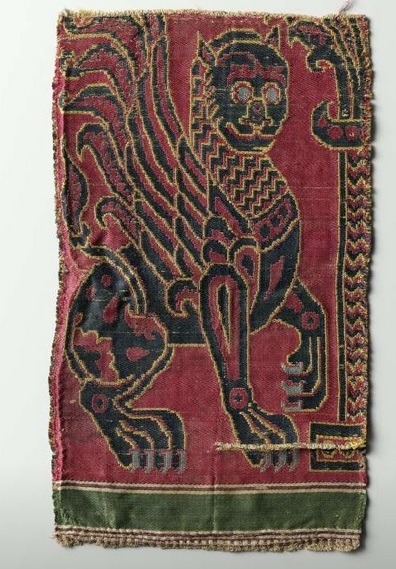
Textile fragment with a winged lion, 1200-1399, France.
2K notes
·
View notes
Text
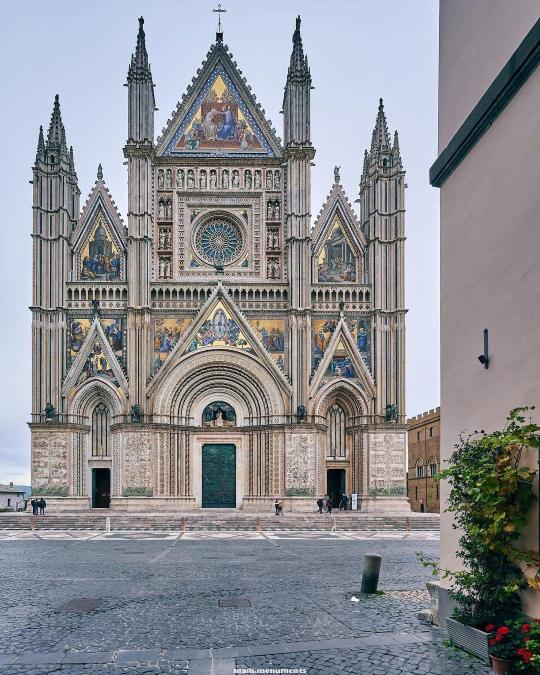
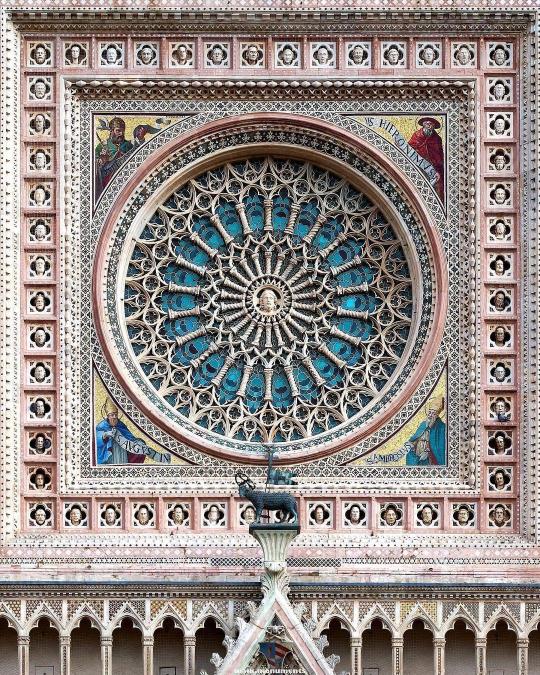
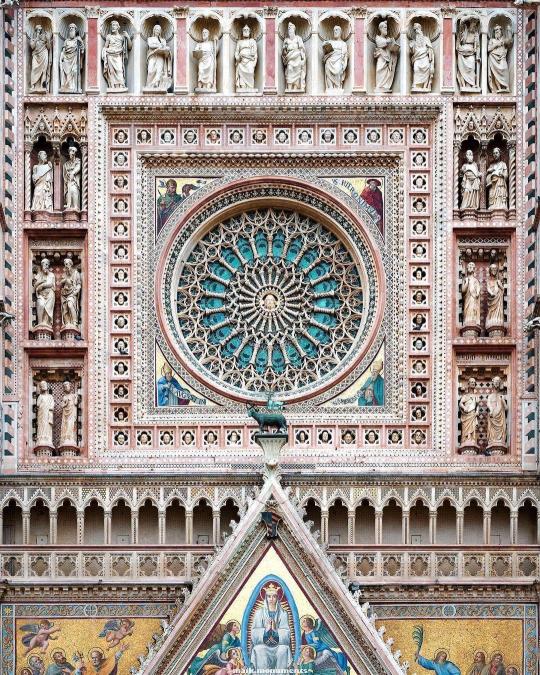


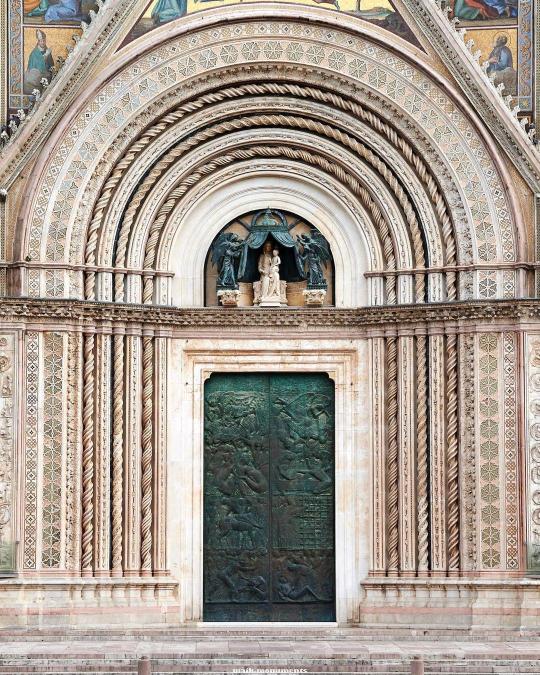
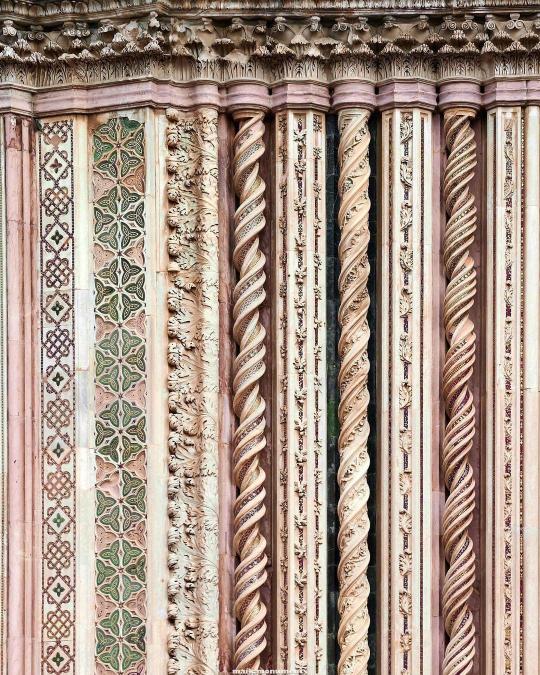
The Duomo di Orvieto, a captivating masterpiece located in Orvieto, Italy, is a splendid example of Gothic architecture. Construction of the cathedral began in 1290 and continued for centuries. Its façade is a remarkable showcase of intricate sculptures and vibrant mosaics, depicting biblical scenes and ornate decorations. The cathedral stands as a testament to the enduring beauty and craftsmanship of the Middle Ages, drawing visitors to marvel at its grandeur and historical significance.
#dark academia#light academia#classical#academia aesthetic#escapism#academia#books and libraries#classic literature#books#architecture#historical#building#italy#orvieto#gothic#cathedral#1200s#13th century#sculptures#mosaics#intricate#ornate#decorations#middle ages#royal core#cottage core#aesthetic#mood#vibe#tumblr
772 notes
·
View notes
Text


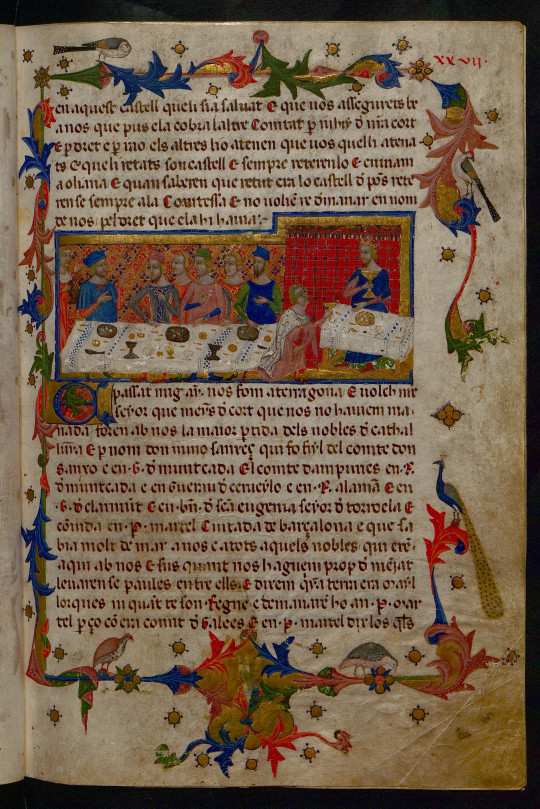
Chronicle of the King James I (Jaume I) of Catalonia-Aragon (1208-1276). Manuscript copy written in the year 1343 in Poblet, Catalonia. University of Barcelona library.
James I's chronicle titled Llibre dels fets ("Book Of The Deeds") is regarded as the first secular chronicle-autobiography attributed to a Christian king.
#història#jaume i#arts#literatura#history#literature#art history#illuminated manuscript#medieval#middle ages#1200s#13th century#books#books and reading#reading#historical#artifact#europe#catalonia#cultures
44 notes
·
View notes
Text

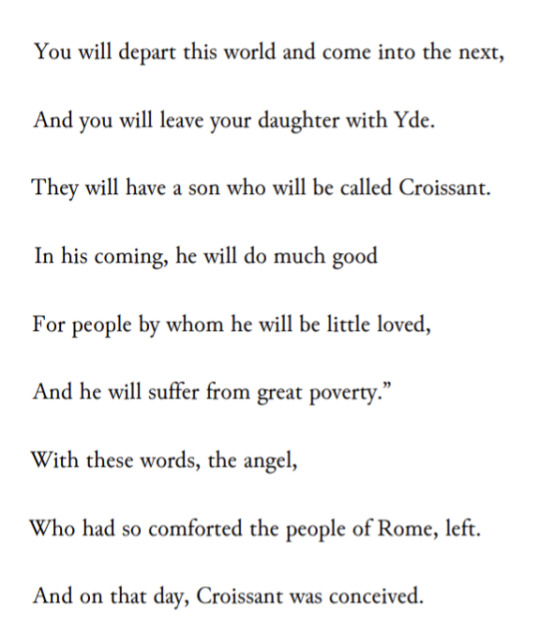
Was reading a 13th century poem featuring divine sex changes and it jumpscared me with them naming their son CROISSANT, because, like, an angel decreed it.
56 notes
·
View notes
Text
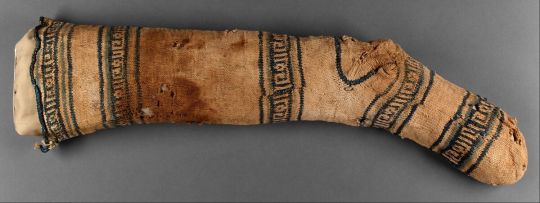

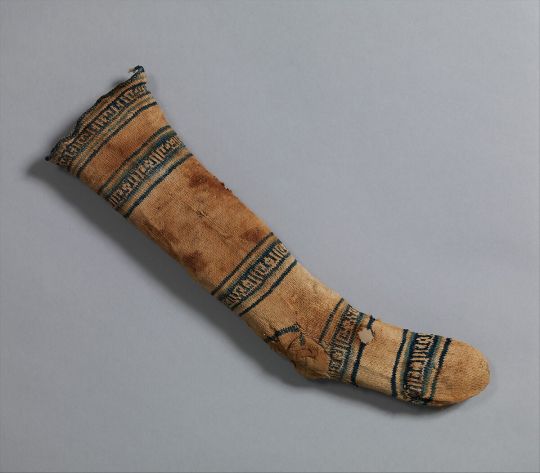
A c.1100-1200 Egyptian cotton sock, currently held at the Metropolitan Museum of Art.
116 notes
·
View notes
Text
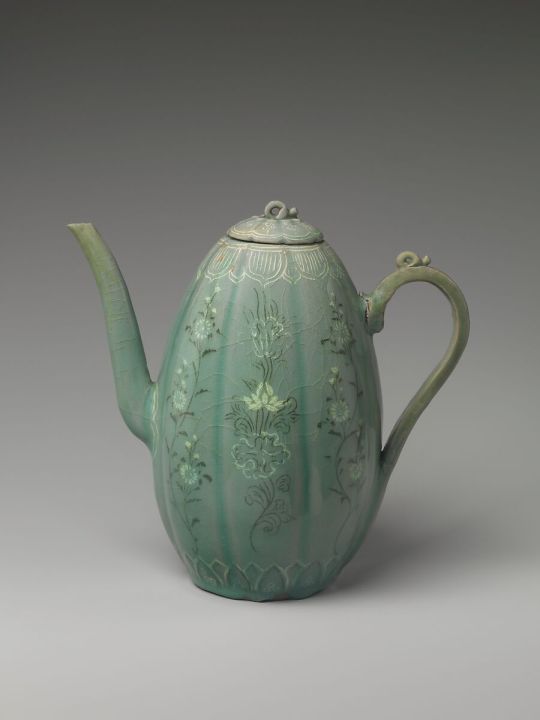

Wine Ewer with Chrysanthemums and Lotus Flowers, Korean, first half of the 13th Century
#wine ewer with chrysanthemums and lotus flowers#wine ewer#korea#korean#13th century#1200s#stoneware
22 notes
·
View notes
Text

Ducati Monster 1200S by Rough Crafts.
#motorcycle#ducati#monster#1200s#rough crafts#sport bike#cafe fighter#cafe racer#moto love#lifestyle
48 notes
·
View notes
Text

Seated Figure, Middle Niger civilization, Mali. 13th century. (The Met)

From the site of Jenne-jeno, a city abandoned in the 14th century.
6 notes
·
View notes
Text
I’ve been down a rabbit hole wondering about medieval jewelry (and if I can reproduce it despite having no metalworking skills, to which the answer is mostly no) lately & I figured I would share the fruits of my museum collection searches for other medievalists/hobbyists/reenactors/nerds.
Jewelry of the 13th Century Anglo/Francosphere

TL;DR
Metals: 🟨 gold(tone)
Stones: mostly 🔵 cabochon, rarely 💠 simple cut, some carved 🗿 intaglio or cameo
Stone Colors: warm blues, emerald green, purples, burgundies, reds
Materials: enamel, 💎 gemstones (garnet, Ceylon sapphire, ruby/spinel, emerald) or glass paste imitations, ⚪ semi-precious stones (pearl, lapis, jasper, carnelian, coral, turquoise, porphyry)
Settings: bezel (oval and rectangular); ⚜️ intricate metalwork; more visible and textured metal than modern jewelry; more mixtures of stones and colors than modern tastes
Motifs: ◯ round, ✤ quatrefoil, ✙ cross, ✸ star (even numbers of points), ♣ trefoil, ❦ floral, 🐉 animals, 𝕬 inscription
Formats: brooches, ornamented clothing, rings, pendants, circlets, cuffs (rare)
A detailed look:
Some forms of jewelry that were very popular in the Roman Empire and are again today were just not the thing in the middle European Middle Ages. (Earrings, for example, seem to have barely existed. This is partially at least because ears were covered--by coifs and caps, hair, and (for women) braids or the chin strap and fillet/wimple/gorget.) In fact, a lot of the places we would put jewelry against our skin today were covered.
This left some other options:
Jewelry on Clothing
Medallions
Okay, these aren’t jewelry, strictly speaking, but they’re metalwork ornaments associated with a person.
Enamel Mitre Medallions


OA 3437 and OA 3438
Before 1291, Ile de France
Louvre, Paris
photos (c) Musée du Louvre / Stéphane Maréchalle 2015
Cloisonné and plique enamel over gold and copper, with decorative motifs of trefoils, quatrefoil, and stars in a palette of dark blue and green with accents that may once have been ruby red.
Appliqué Medallion
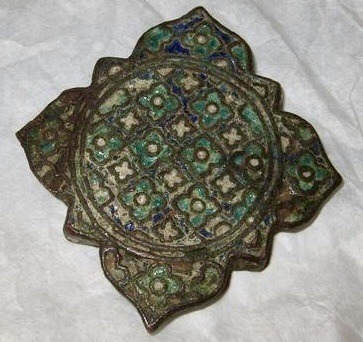
# MRR 256
13th c., Limoge
Louvre, Paris
photo (c) Musée du Louvre 2014
Gilded copper (though most gold is worn off) with quatrefoil champlevé enamel in emerald green, lapis blue, and white or off-white.
Brooches
Perhaps the most prevalent medieval jewelry item in the Anglo & French regions. These were worn at the shoulder for men and breast for women, often anchoring a cloak, or to close the collar. As the ornate fermail and double-ring brooch suggest, these ran the gamut from practical to incredibly decorative and ornate.
Garnet & Silver Gilt Animal Ring Brooch; Green and Blue Glass and Gilt Ring Brooch


Left, # 2003,0703.1
13th century; found in Suffolk, England
British Museum, London
photo (c) The Trustees of the British Museum
Right, # M.28-1929
13th c., England
V&A, London
photo © Victoria and Albert Museum, London
Cabochon garnets or carbuncles in the gilded silver brooch (L), perhaps once paired with smaller stones in the eyes of metalwork animals that bite the pin bracket. The right brooch, also silver gilt, sports two glass paste emerald and sapphire "gems" in cabochon. It was probably a lover's token; it reads (in Lombardic-lettered French) IOSV ICI ATI VCI or "jo su[i] ici a t[o]i v[o]ici" which I might translate as "I am here with/belonging to you, look!"
Ruby & Sapphire Ring Brooch; Sapphire, Garnet, and Pearl Fermail
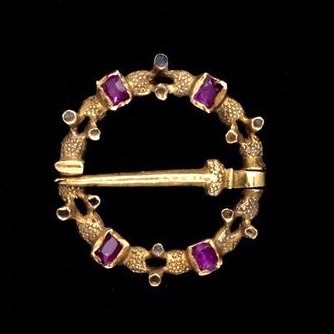
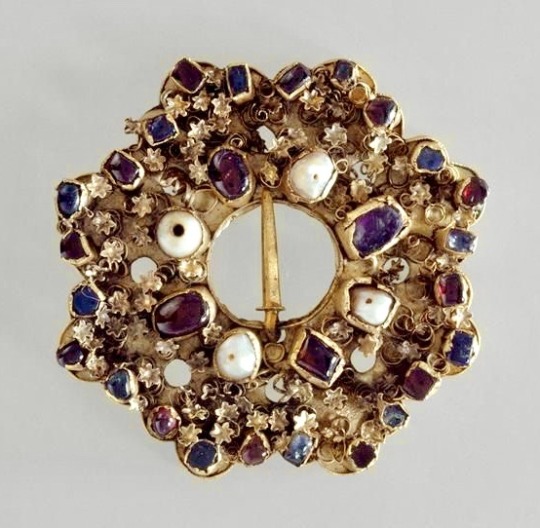
Left, # 6808-1860
1275-1300, England
V&A, London
photo © Victoria and Albert Museum, London
Right, # OA6287
1250-1300, France
Louvre, Paris
photo (c) Musée du Louvre
Blogs often claim that stones were only polished en cabochon until the 16th century, and that medieval jewelers couldn't cut gemstones. But this 13th-century gold ring brooch (left) pairs table-cut purple rubies with collet-set cabochon sapphires, and may evidence early medieval gem-cutting or reuse of Roman cut stones. The silver gilt fermail, right, includes pearl beads, garnets and sapphires both cut and cabbed, and one glass paste cabochon. Both are intricately textured, with punchwork (L) and floral metalwork, probably cast and then attached (R).
Double Ring Brooch with Sapphire and Glass "Emeralds"
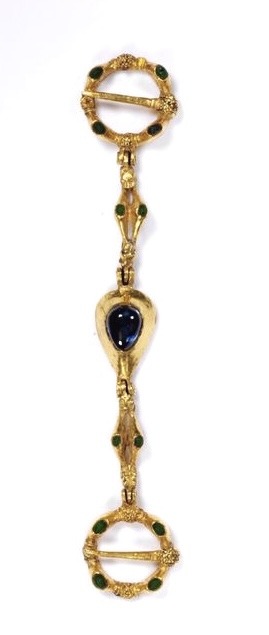
# M.26-1993
13th c., England
V&A, London
photo © Victoria and Albert Museum, London
This gold double brooch is so small they think it was for a woman or child. Central sapphire cab is flanked by glass paste "emeralds" in bezel settings and metalwork featuring two animal heads.
Jewelry on the Body
Rings
Many are probably familiar with the signet ring, used for pressing into sealing wax, which could be intaglio-carved gemstone or metals. There were also a number of decorative and/or talismanic gemstone rings.


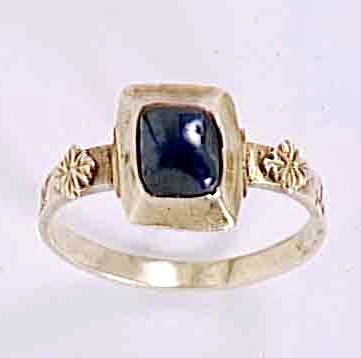
LtR:
#M.7-1929 | #M.180-1975 | #OA 11265
1250-1300, England | 1250-1300, Engl/France | 13th c., Engl/France
V&A, London | V&A, London | Louvre, France
photos L&C © Victoria and Albert Museum, London | R (c) Musée du Louvre
Sapphire in gold is the name of the game when it comes to rings in the thirteenth century; even the purple stones on the left are purple sapphires. (Sapphires were said to aid chastity, purity, and the effectiveness of prayer.) For larger stones, the bezel often has claws added (L); the central ring is an example of a full claw setting that modern viewers might find surprisingly tall. Naturalistic flourishes are added (C & R); these might be pre-cast then attached to the base (R).
Pendants
We equate pendants with necklaces, but their medieval applications also included wear as badges, from headpieces, and on horse decorations.


Left, bloodstone jasper cameo in silver setting
# MRR 218
1100-1300, France?
Louvre, Paris
photo (c) Musée du Louvre / Jean Blot 1984
Right, champlevé enamel, gilt copper, and paste "emerald" (harness) pendant
# 1976.169
13th c., France
Cleveland Museum of Art, Cleveland
photo CC0 Open Access
Statue Jewelry
From here, we get into the really ridiculous stuff; the previous categories could be relatively everyday (as much as ornamentation reserved exclusively for the wealthy can be an everyday thing) but the following examples are astonishing displays not necessarily for wear.
"La Couronne" de Vierge et l'Enfant d'ivoire de la Sainte-Chapelle

# OA 57 B
1250-1300, France
Louvre, Paris
photo (c) Musée de Louvre
This was not even a crown for a person, but rather for a painted ivory statue of the Virgin Mary, holding her infant son. (Though circlets, even set with stones, were sometimes worn as part of women's head dress.) It's incredibly ornate gold, set with pearls, garnets and rubies, sapphires, and turquoise (?) en cabochon.
Anneau de Saint-Denis




# MS 85 BIS
1200-1215, France
Louvre, Paris
photos (c) Musée du Louvre / Daniel Arnaudet 1990
This astonishing piece, which is ring-sized but now displayed as a cuff on an ivory hand, is made of gold and displays every possible gemstone appearance characteristic of the period. The front piece has a central sapphire and is surrounded by quartz with red backing (mimicking ruby/garnet), amethysts, pearls, and sapphires, some set on yellow backing (mimicking turquoise?). Most are en cabochon on this face, but two are faceted and two intaglio. Were this not enough, the three other 'faces' of the ring are set with gems as well, two cameos (probably sapphire and garnet?) and one amethyst intaglio set in ornate gold filigree.
#medieval#jewelry making#lapidary#history of fashion#historical jewelry#1200s#reenactment#England#France#enamel jewelry#ring brooch#fermail#intaglio#cameo#gemstones#infodumping#now time to go to the bead store#material history#you would think this is for my research or academically relevant but it's not I just couldn't stop looking at shiny things help#photos not mine#photos for educational purposes and not for commercial reproduction#louvre#v&a museum#british museum#cleveland museum of art
33 notes
·
View notes
Text

TODAY IN HISTORY:
7 February 1301
Edward of Caernarfon, later King Edward II of England, is named Prince of Wales.
It's the first time the son of the King of England was named the Prince of Wales, making Edward II the first of the current line of Princes of Wales.
—
Edward II (25 April 1284 – 21 September 1327), also called Edward of Caernarfon, was King of England from 1307 until he was deposed in January 1327.
The fourth son of Edward I, Edward became the heir to the throne following the death of his older brother Alphonso.
Beginning in 1300, Edward accompanied his father on campaigns to pacify Scotland.
In 1307, he was knighted in a grand ceremony at Westminster Abbey. Edward succeeded to the throne later that year, following his father's death.
In 1308, he married Isabella of France, the daughter of the powerful King Philip IV, as part of a long-running effort to resolve the tensions between the English and French crowns.
#King Edward II of England#Prince of Wales#British Royal Family#Edward of Caernarfon#today in history#1200s#13th century#1300s#14th century#House of Plantagenet
2 notes
·
View notes
Text
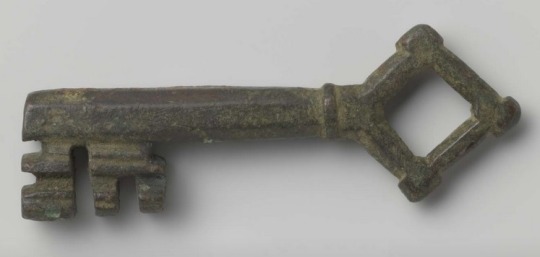
Bronze key, 1200-1300.
44 notes
·
View notes
Text

Chalice, 1222, made in possibly Meuse Valley, Northern Europe, by Brother Bertinus, silver and silver gilt, 19.1 x 13.7 cm, The Met Cloisters
The inscription around its base indicates that this chalice was made by Brother Bertinus in 1222. It is not known, however, where this accomplished goldsmith worked. The imaginary beasts swirling around the knop and the balanced proportions of the large round bowl and splayed foot typify North European style of the early thirteenth century.
#dark academia#light academia#classical#academia aesthetic#escapism#academia#books and libraries#classic literature#books#architecture#object#chalice#1200s#13th century#silver#silver gilt#Brother Bertinus#nothern europe#the met cloisters#royal core#cottage core#aesthetic#academic#history#historical#mood#vibe#tumblr
44 notes
·
View notes
Note
Valencia CF be like: 🦇⚽🟡🔴
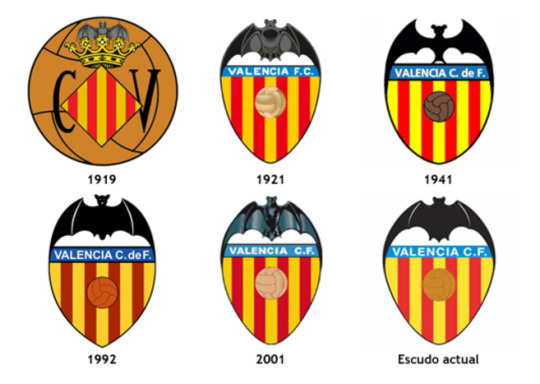
Love the bat. It's been a symbol of València for centuries and is part of city's shield and the logo of many institutions.
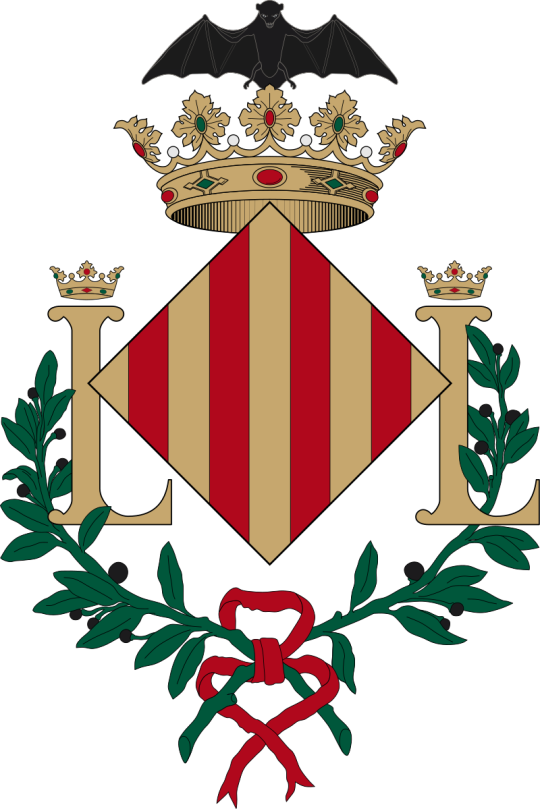
Shield of the city of València.
The reason is that it's associated with king James I (Jaume I el Conqueridor), who conquered València in 1238. The legend says that there was a Muslim prophecy that said that as long as bats flew over València, the city would not fall to Christian rule. When King James and his troops were stationed outside the city walls, a bat stopped on the king's tent. The king knew the prophecy, so he ordered everyone to treat the bat the best way possible so that the bat would feel comfortable and want to stay there instead of going back to the city.
Some nights after that, the Moorish troops tried a surprise attack on King James' camp while everyone was sleeping. Luckily, someone played the drums to wake up everyone and they could fight back and throw them out. After the battle, the king wanted to reward the soldier who had played the drums to wake everyone up, but then he saw that it was a bat who was banging his wings against the drum.
As a reward for the bat, he made the bat the symbol of his helmet and added it to his royal shield, which after the conquest became the city's shield.
The truth is less romantic, though. The bat wasn't part of the city's shield until the year 1377, a century after King James' death. James' successors had included a "víbria" (female dragon in Catalan mythology) to the shield, and slowly through time the drawing changed and ended up being interpreted as a bat.
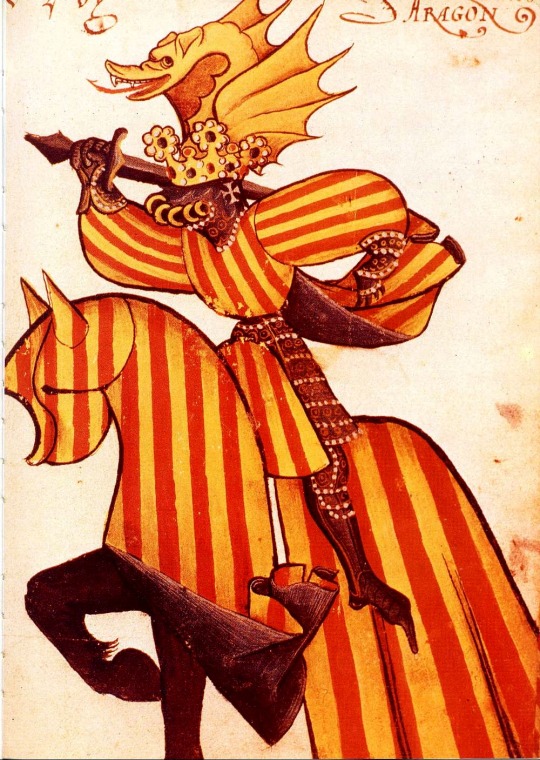
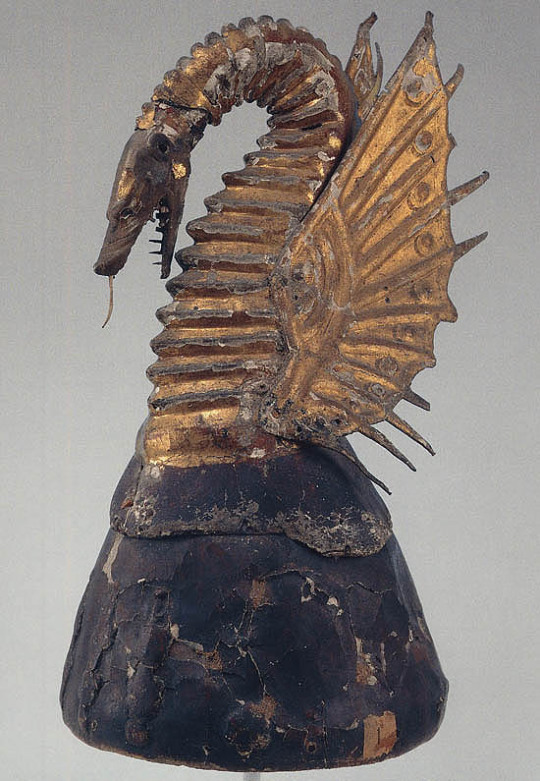
Right: Drawing representing the king Alfons the Magnanimous wearing the royal helmet in the book Horse armoury of the Toison d'Or, 1433-1435.
Left: crest of king Martin (Martí l'humà)'s helmet, traditionally called king James' crest. Late 1300s-early 1400s.


Left: Statue representing James I in València, 1891. Right: statue of James I in Castelló, 1896.
The bat was officially adopted as the animal on the city's shield in 1503. Back then, in the 1500s, it was already believed that it had been James I to install the bat symbol.
#llegendes#valència#valencia cf#futbol#esports#bat#legends#legend#folklore#jaume i#país valencià#1200s#history#heraldi#heraldry#bats#armory#vexillology
85 notes
·
View notes
Text
The Ghost of the Mongolian Princess in Venice
Following her husband Marco Polo back to Venice from the Mongolian court, the princess never felt at home in this strange land. And today it is said she is still haunting the place, wishing for home.
Following her husband Marco Polo back to Venice from the Mongolian court, the princess never felt at home in this strange land. And today it is said she is still haunting the place, wishing for home.
Many of the places in Venice have rememberancing to their hero and legend, the merchant Marco Polo. He is most known for his travels to the silk route to the east where he released the book ‘The…

View On WordPress
#1200s#article#Europe#featured#female ghost#Ghost#ghosts#haunted#haunting#Italy#marco polo#mongolia#venice
3 notes
·
View notes
Text
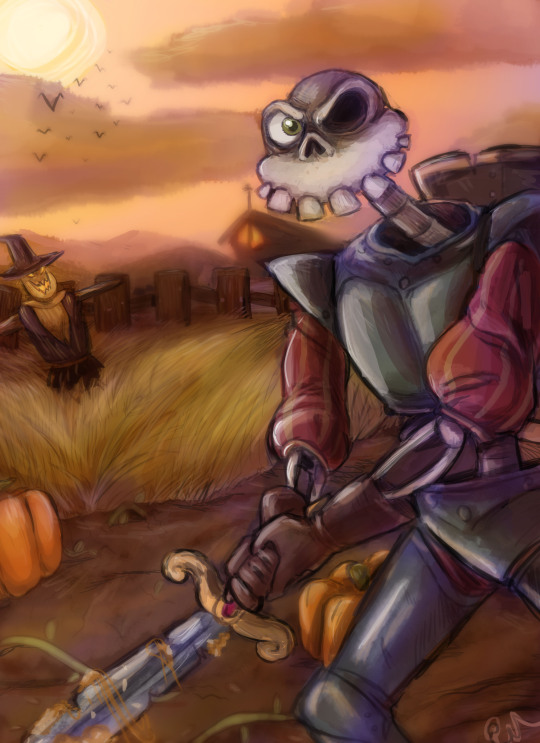
No idea what to call this rn.
Also might not be the final design. I'm not sure. But I'm done with it for now.
#sir daniel#sir daniel fortesque#sir dan#medievil#knight#medieval#1200s#pumpkin#pumpkin patch#spooky month#halloween#autumn#fall#scarecrow#haunted#barn#crows#playstation#playstation all stars#digital art#skeleton#zombie#chivalry is dead#bones#spooky season#halloween aesthetic
48 notes
·
View notes
Photo
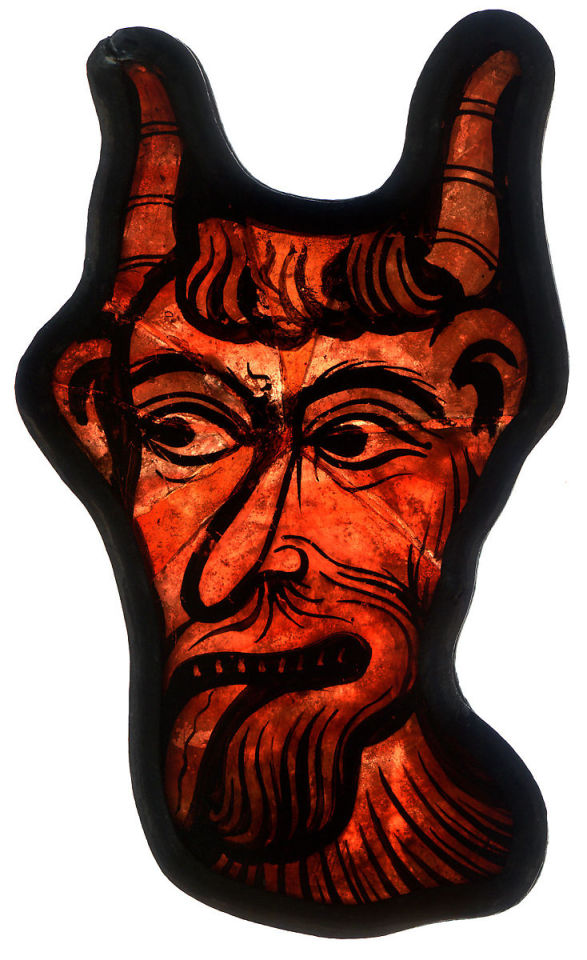
Glass Fragment of a Devil, French, 1200-15
#glass fragment of a devil#devil#french#1200#1215#1200s#1210s#13th century#stained glass#medieval#art
45 notes
·
View notes